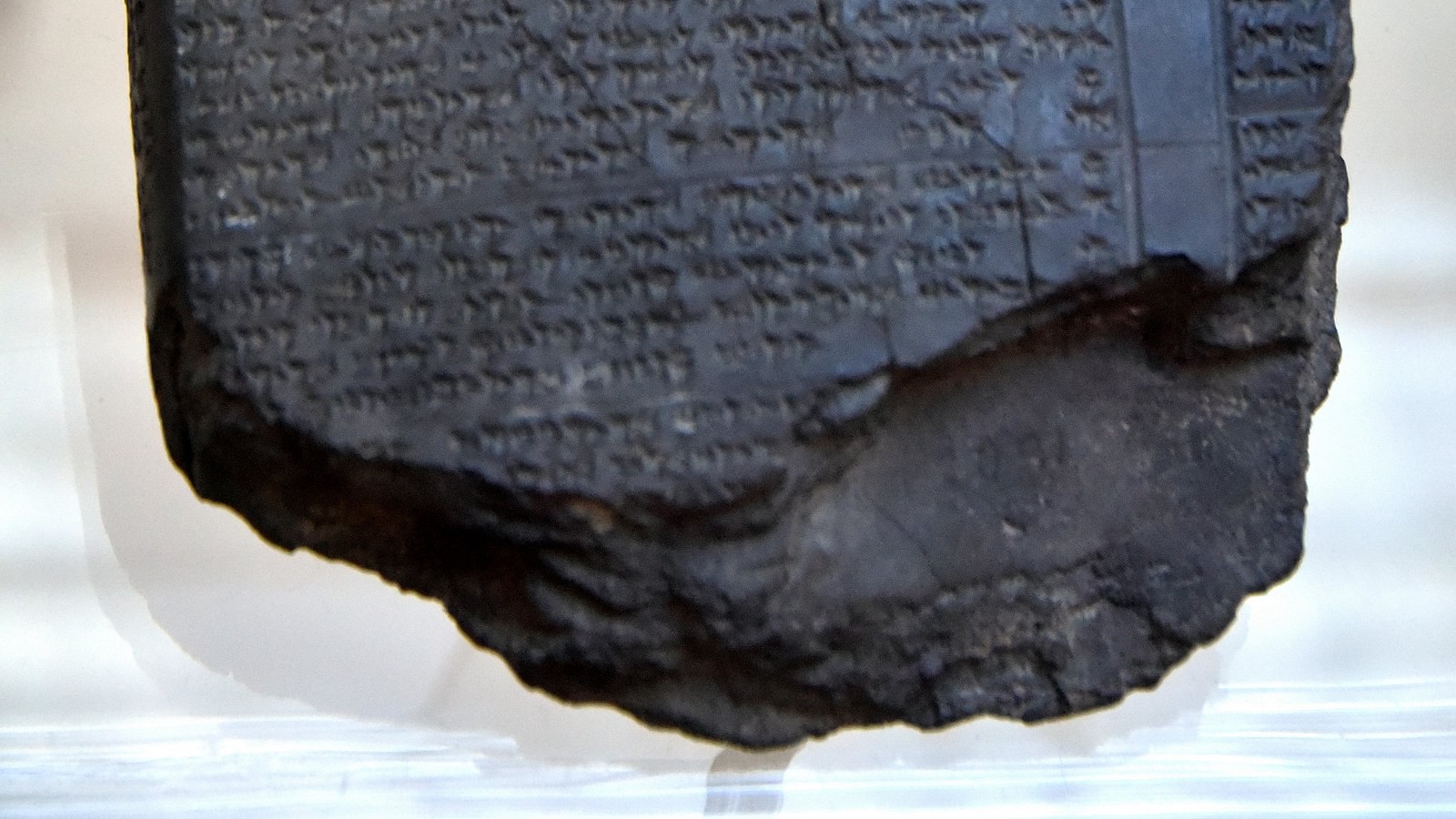The ancient Hittite civilization, centered in Anatolia (modern-day Turkey), played a significant role in the political and cultural landscape of the ancient Near East during the second millennium BCE. Among their most enduring contributions to history are the Hittite Laws—a corpus of legal texts that provides deep insights into their society, justice system, and values.
Dating from roughly 1650–1100 BCE, the Hittite Laws were not only innovative for their time but also demonstrated remarkable features such as proportional justice, humanitarianism, and an early sense of procedural fairness. This article delves into the historical context, structure, contents, and influence of the Hittite Laws, comparing them with other ancient legal codes and exploring their legacy.
I. Historical Context
Who Were the Hittites?
The Hittites were an Indo-European people who established an empire in Anatolia around the 17th century BCE. Their capital, Hattusa, was a major center of administration, religion, and culture. The Hittite Empire reached its zenith under kings like Suppiluliuma I and Muwatalli II, engaging diplomatically and militarily with other major powers such as Egypt, Assyria, and Mitanni.
The Hittites left behind an extensive archive of clay tablets inscribed in cuneiform, many of which were discovered in Hattusa during the early 20th century. Among these were the Hittite Laws, written in the Hittite language but using the Mesopotamian cuneiform script.
II. Structure and Evolution of the Hittite Laws
Compilation and Versions
The Hittite Laws were compiled over several centuries and exist in multiple recensions:
- Old Hittite Laws (c. 1650–1500 BCE)
- Middle Hittite revisions
- New Hittite Laws (late 13th century BCE)
Despite these layers, there is a remarkable continuity in legal thought. Revisions often reflected shifts in social norms, punitive severity, or royal preferences.
Format and Organization
The laws are organized in a casuistic (case-by-case) format, typically beginning with a protasis (“If...”) and followed by an apodosis (“then...”), similar to the Code of Hammurabi. The corpus contains approximately 200 laws, grouped thematically:
- Family and marital law
- Property and inheritance
- Agricultural practices
- Contracts and obligations
- Crimes and punishments
- Ritual violations and temple laws
III. Key Features of the Hittite Legal System
1. Proportional and Humanitarian Punishments
Unlike the harsh retributive justice of Babylonian law, which often invoked the death penalty for various crimes, the Hittite Laws typically favored restitution over execution.
Example:
- Law §169: “If anyone steals a sheep, he shall pay back fourfold.”
- Law §200: Death penalties are rare and often reserved for major offenses such as treason or sacrilege.
This approach reflects a progressive penal philosophy for the era, emphasizing compensation and rehabilitation.
2. Protection of the Vulnerable
The Hittite legal code offered special protections to women, slaves, and lower-status individuals:
- Women had legal recourse in cases of abuse or abandonment.
- Slaves had the right to own property and could appeal to authorities in cases of mistreatment.
- Law §192: "If a man sexually violates a slave woman, he must pay compensation to her master, but the woman is not punished."
This stands in contrast to many ancient codes that punished victims of sexual assault.
3. Detailed Property and Agricultural Laws
Given the agrarian nature of Hittite society, land ownership and farming rights were crucial. The laws carefully regulate:
- Crop-sharing arrangements
- Water rights
- Damages caused by stray animals
Law §87: "If someone causes a fire and it burns another’s vineyard, he must replace the vines and compensate for lost harvest."
4. Divorce and Marriage Laws
The Hittite Laws address marital relations with sophistication:
- Polygamy was allowed but regulated.
- A woman could initiate divorce in certain circumstances.
- Bride price and dowry regulations are specified.
Law §30: If a woman is abandoned by her husband, she may remarry freely.
5. Criminal Justice and Procedure
The code outlines processes for determining guilt, including trial by ordeal and witness testimony. However, compared to Hammurabi’s Code, the Hittite Laws show less emphasis on rigid social hierarchies, indicating a somewhat egalitarian legal outlook.
IV. Comparison to Other Ancient Legal Codes
| Feature | Hittite Laws | Code of Hammurabi | Middle Assyrian Laws |
|---|---|---|---|
| Death Penalty | Rare | Common | Frequent |
| Treatment of Women | Relatively fair | Hierarchical | Often harsh |
| Slaves’ Rights | Protected to some degree | Minimal | Minimal |
| Law Format | Casuistic | Casuistic | Casuistic |
| Emphasis on Compensation | High | Moderate | Low |
This comparative leniency suggests that the Hittite society prioritized social cohesion and practical justice over public spectacle or divine wrath.
V. Religious and Ritual Law
Some laws governed offenses against the gods or temples:
- Law §146: For stealing from a temple, punishment is severe, often invoking divine wrath.
- Ritual impurities and improper sacrifices could require ritual purification rather than corporal punishment.
This intertwining of legal and religious codes parallels the Levitical laws found in the Hebrew Bible, though the Hittites were polytheistic.
VI. Decline and Legacy
With the fall of the Hittite Empire around 1180 BCE during the Late Bronze Age collapse, the Hittite Laws ceased to be practiced. However, their rediscovery in the early 20th century during excavations at Boğazköy (ancient Hattusa) revolutionized our understanding of ancient Anatolian civilization.
The Hittite Laws:
- Offer comparative insights for biblical scholars studying the Torah’s legal traditions.
- Reveal the legal pluralism of the ancient Near East.
- Testify to an early legal culture that valued justice, fairness, and pragmatism.
The Hittite Laws stand as a testament to the legal sophistication of one of the ancient world’s most powerful yet enigmatic civilizations. With an emphasis on proportional justice, social protection, and practical remedies, the Hittite legal system offers a rare glimpse into a society that balanced tradition, reason, and humanity.
While not as famous as the Code of Hammurabi or the Mosaic Law, the Hittite Laws deserve a central place in the study of legal history for their innovative and humane approach—one that resonates even in modern jurisprudence.
References
- Hoffner, Harry A., Jr. The Laws of the Hittites: A Critical Edition (Scholars Press, 1997)
- Bryce, Trevor. Life and Society in the Hittite World (Oxford University Press, 2002)
- van de Mieroop, Marc. A History of the Ancient Near East (Wiley-Blackwell, 2015)
- Beckman, Gary. "Hittite Law and Society." The Biblical Archaeologist, Vol. 52, No. 4 (1989), pp. 212–223.
- Roth, Martha T. Law Collections from Mesopotamia and Asia Minor (Society of Biblical Literature, 1995)






